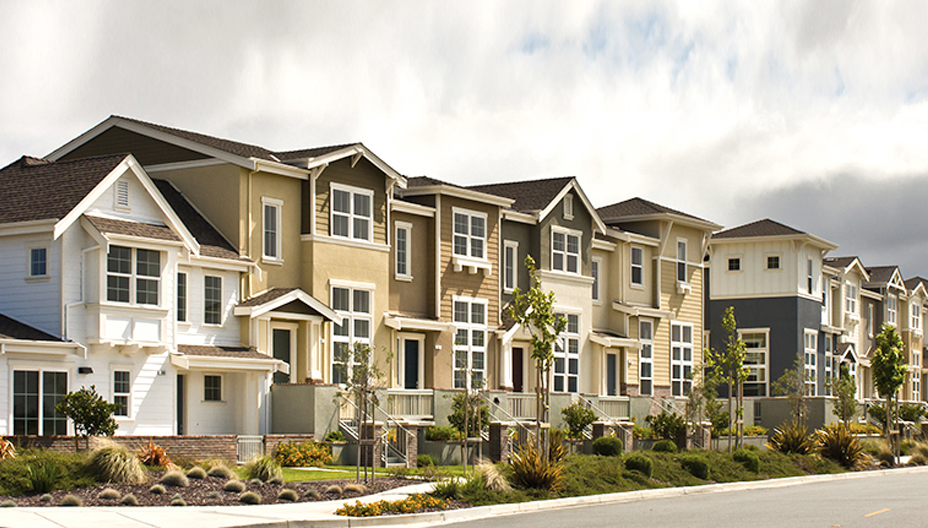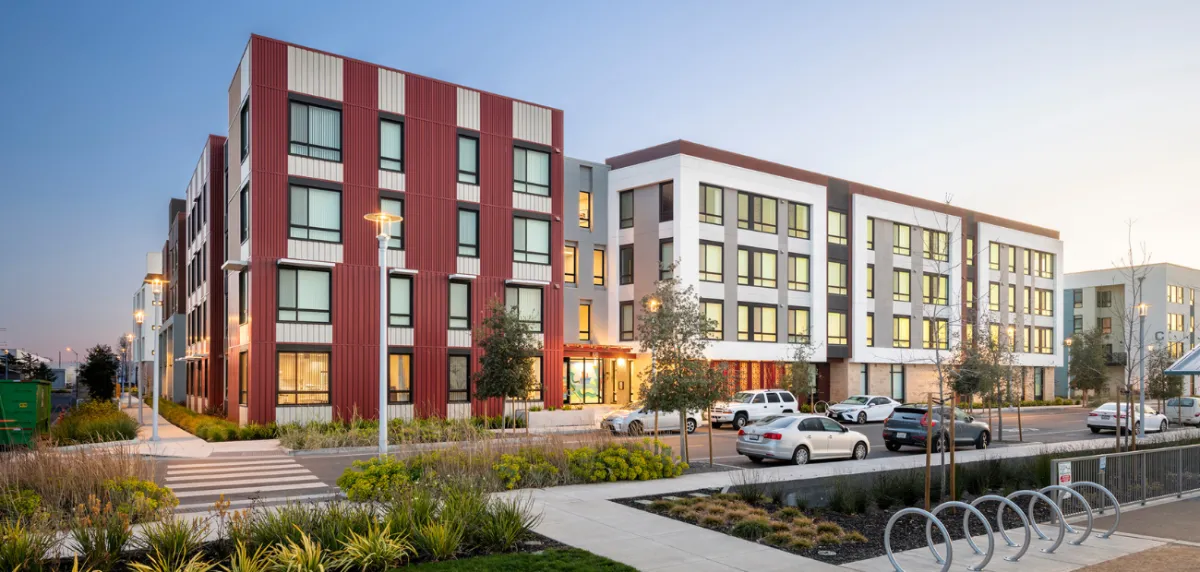Nov 30, 2020 by Maurie Backman
2020 has been a challenging year for real estate investors, but those with multifamily properties in their portfolios may have fared a bit better than most. As Millionacres’ Brad Cartier summed up in his multifamily year in review, delinquency rates for multifamily homes were low despite the coronavirus pandemic and recession it instantly spurred. Over 98% of apartment loans were current as of August 2020, and rents also remained fairly stable, with 90.6% of landlords collecting in October.
In the coming year, multifamily investors could face some challenges. But they may also be in a position to capitalize on a world of opportunity.
Will multifamily construction surge in 2021?
Though apartment construction is down by 12% compared to 2019, demand for multifamily units is high. The National Apartment Association reports the U.S. needs roughly 328,000 new multifamily units annually through 2030. Access to labor and materials will dictate how many units are added in 2021. In 2020, construction was thwarted by shutdowns early on in the pandemic and a massive lumber shortage later on in the year. We may see fewer barriers in 2021 that lend to an uptick in units.
Multifamily homes will be in high demand
In the wake of the pandemic, demand for rental units is likely to peak. More families may seek to live in close proximity after spending the better part of 2020 being separated, while friend groups may seek solace in becoming one another’s neighbors. Income loss may also drive an increasing number of homeowners into foreclosure as protections like mortgage forbearance run out, or, on a less dire note, drive them to sell their homes willingly and rent instead.
Multifamily investors may be best served looking at smaller cities and suburban centers in 2021. Renters in major cities have already begun staging a mass exodus in light of the pandemic, and while some are relocating to smaller metro areas, others are scoping out the suburbs. But of the latter group, many will no doubt want to rent for a year before committing to a long-term arrangement like homeownership. That could, at least temporarily, drive up suburban demand.
Challenges multifamily investors could face
The pandemic won’t be over when 2021 kicks off. It may not even be over by 2022. Multifamily investors will grapple with challenges in light of that. For one thing, social distancing will need to be factored in when developing new units. Common areas will need to be generous, and individual units will need to be adequately sized. After months of being isolated and cooped up at home, renters won’t want to skimp on square footage.
General economic uncertainty could also impact rent collection. Since May 2020, multifamily rent collection has steadily decreased, and with coronavirus cases soaring late in the year, added restrictions could result in further job loss.
The big question: government aid
It’s unclear as to whether the public will be in for a second round of coronavirus aid to follow late March’s CARES Act. Added stimulus funds and generous unemployment benefits could help ease investors’ concerns about rent collection. A second relief package may not pass until well into 2021, even though lawmakers have attempted to hammer one out since May.
An interesting year ahead
The extent to which multifamily investors fare well will hinge largely on the country’s overall economic recovery. The demand for rental units will clearly be there, and investors who focus on affordable cities may fare better than those who insist on sticking with proven metro hubs. It’ll be interesting to see how things play out as the nation battles its way out of a pandemic and slowly but surely attempts to heal.












